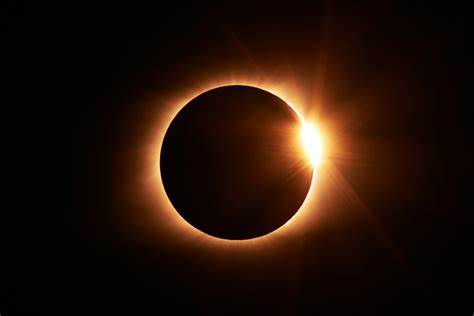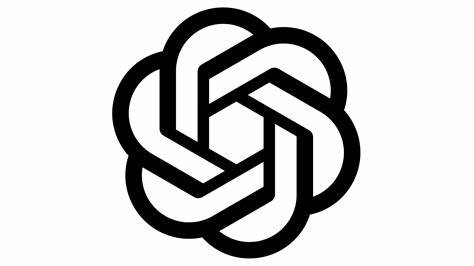Ensuring Your Eclipse Experience: Essential Planning, Research, and Equipment Required.
A total solar eclipse demands meticulous preparation; it’s not an event to approach casually. While observing best practices isn’t overly complex, the rarity of these occurrences can lead to overlooking essential guidelines, despite ample informative resources available.
In this updated guide, we emphasize the critical dos and don’ts to ensure your safety and enjoyment during Monday’s eclipse.
Is Wearing Eclipse Glasses Necessary?
Eclipse glasses are mandatory whenever any portion of the sun is visible. However, there’s an exception: refrain from wearing eclipse glasses during the fleeting moment of “totality,” when the moon fully covers the sun, revealing only the radiant solar corona.
While the entire contiguous United States will witness at least a partial eclipse, the majority of regions won’t encounter totality, not even momentarily. Therefore, it’s imperative for everyone outside the path of totality to keep their eclipse glasses on throughout the event.
During the brief period of totality, however, it’s safe to remove your eclipse glasses. Failure to do so may leave you questioning the spectacle’s significance. Nevertheless, as totality lasts only a few minutes, the glasses should be promptly put back on as soon as the sun begins to reappear. The maximum duration of totality within the United States will be 4 minutes and 27 seconds, occurring at the Texas-Mexico border. Supervision of children is highly advised during this transition.
Is DIY Eclipse Glasses a Safe Option?
Attempting to make eclipse glasses at home is strongly discouraged. Eclipse glasses are specifically engineered to block out 99.99 percent of light, providing significantly greater protection compared to standard sunglasses. Therefore, it’s best to avoid homemade alternatives altogether.
Using Welder’s Filters Safely During an Eclipse Certain welder’s filters can be utilized for eclipse viewing, but it’s crucial to ensure they are adjusted to the appropriate setting as recommended by the American Astronomical Society.
Various innovative alternatives exist for observing the eclipse’s effects without direct viewing. For instance, NASA provides instructions for constructing a homemade pinhole projector, enabling safe and indirect observation of the eclipsed sun.
Is it Safe to View the Eclipse Through a Camera Lens?
Looking directly at the partially eclipsed sun through a camera, binoculars, or telescope without a specially designed solar filter is extremely hazardous. NASA emphasizes that doing so can result in immediate and severe eye injury.
Additionally, the American Astronomical Society provides a critical warning: never view the sun through an unfiltered camera, telescope, binoculars, or any other optical device while wearing eclipse glasses or using a handheld solar viewer. The concentrated solar rays could damage the filter and penetrate your eyes, leading to serious injury.
Is Briefly Glancing at the Partial Eclipse Safe?
No, it’s strongly advised against. Even a momentary glance at the sun should be avoided.
The risk is solar retinopathy, commonly known as eclipse blindness. Our eyes are not equipped to handle direct sunlight, even during a partial eclipse when the sun appears diminished or when its brightness is reduced by clouds.
During an eclipse, individuals may not naturally avert their gaze. Since the retina lacks pain receptors, it’s impossible to detect when damage is occurring.
Is it Safe to Photograph the Eclipse Using a Camera or Phone?
While it’s possible, NASA cautions against aiming your camera or phone directly at the eclipse unless you have a solar filter to shield it, similar to how eclipse glasses protect your eyes.



